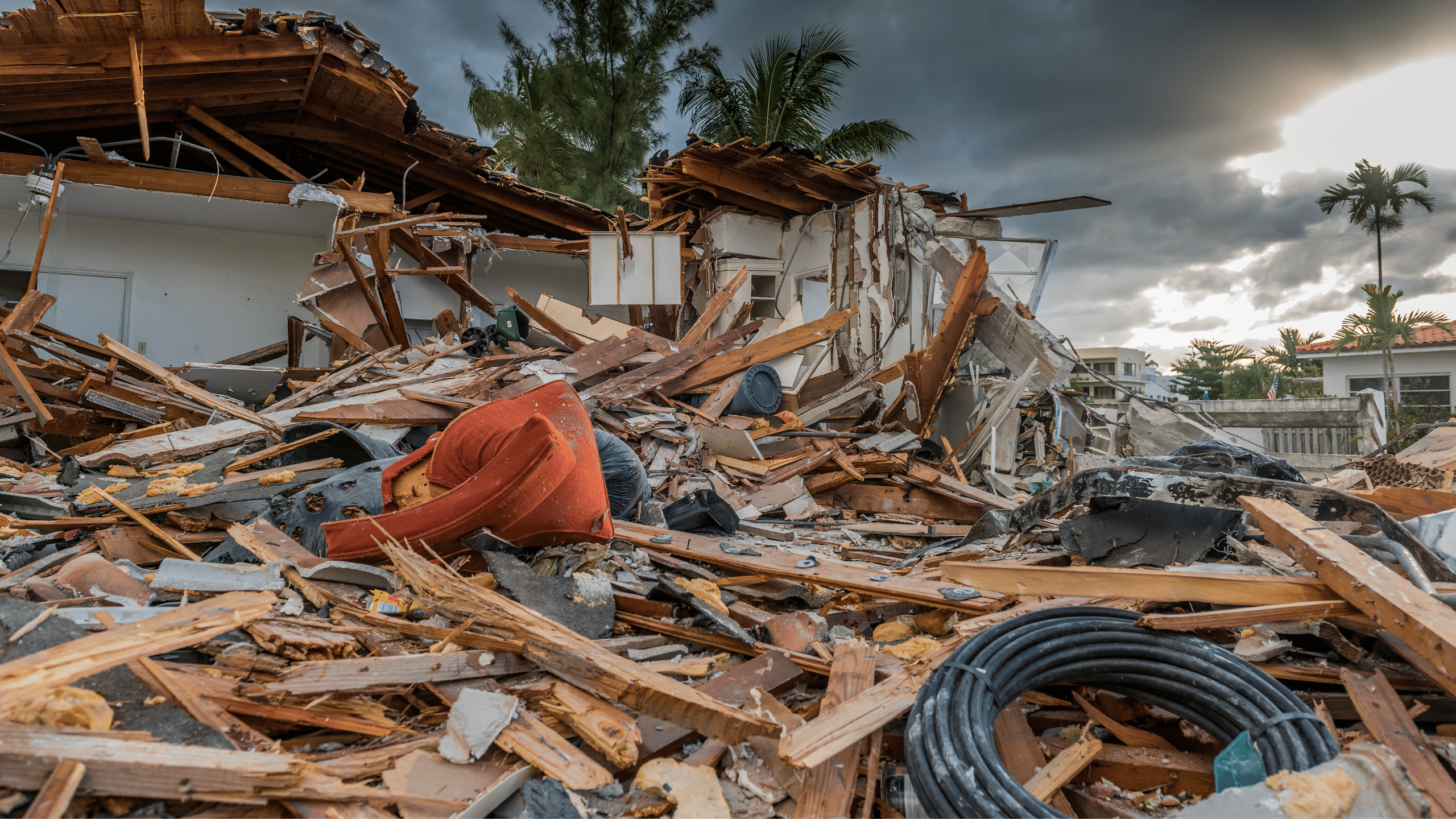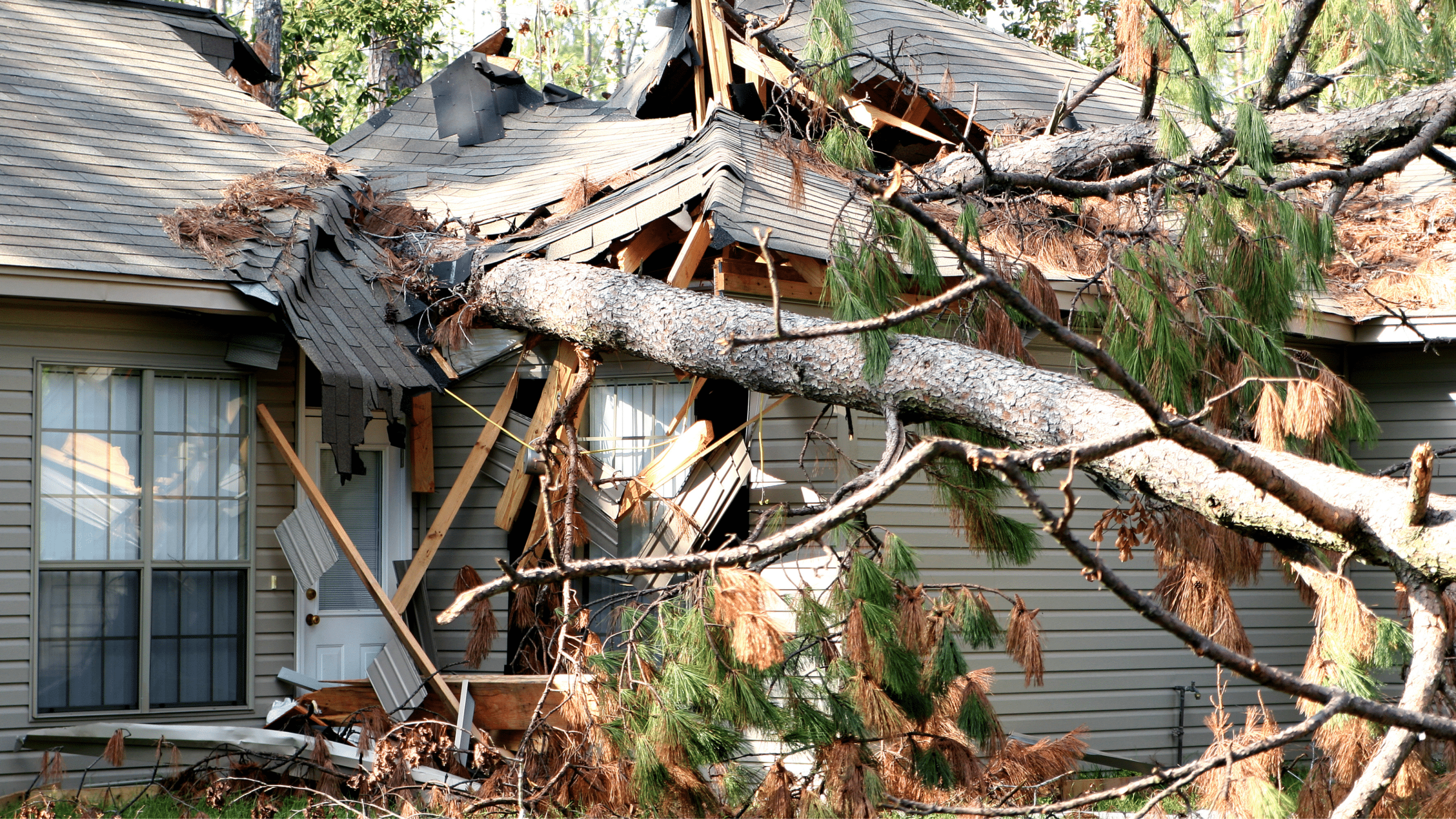As we are bombarded with increasingly unpredictable and severe weather patterns, the importance of disaster preparedness and management has never been more critical. The 2024 hurricane season serves as a stark reminder of the devastating impact these natural disasters can have on communities, economies, and human lives. This blog post examines the recent hurricane outbreaks, and their far-reaching consequences, and underscores the vital importance of comprehensive disaster preparedness strategies. As we discuss, these catastrophic events, we’ll explore how effective disaster management can mitigate risks, save lives, and foster resilient communities in the face of natural disasters.

The Recent Hurricane Outbreaks and their Impacts
The 2024 hurricane season has been marked by a series of intense storms that have caused widespread devastation across the Caribbean and the United States. Five notable hurricanes have significantly impacted various countries, resulting in substantial economic losses and prompting large-scale humanitarian responses.
Hurricane Beryl, the earliest Category 5 hurricane on record, struck Grenada, Jamaica, and St. Vincent and the Grenadines in June. Affecting over 82,000 people, it caused $1.2 billion in damage, primarily to the agriculture, housing, and tourism sectors. In response, the UN and local organizations mobilized $9 million for immediate aid, providing shelter, food, and medical assistance to those in need.
In early August, Hurricane Debby hit Florida and South Carolina, displacing 50,000 people due to severe flooding and wind damage. The economic cost reached $800 million, significantly impacting local businesses and infrastructure. FEMA and the Red Cross swiftly responded, providing emergency shelters, food distribution, and medical care to affected communities.
Hurricane Ernesto affected the Lesser Antilles, Puerto Rico, and Bermuda in mid-August. The storm caused widespread power outages and infrastructure damage, resulting in $600 million in economic losses, particularly to tourism and local economies. Local governments, supported by international aid organizations, focused on restoring power and providing clean water to affected areas.
Hurricane Francine landed in Louisiana in late August, causing severe flooding and wind damage that affected over 70,000 people. The economic impact was estimated at $900 million, with significant damage to homes and businesses. The National Guard and local agencies conducted rescue operations and provided emergency supplies to those in need.
Hurricane Milton, the most intense hurricane of the season, struck Florida in October. Comparable to Hurricane Wilma in 2005, Milton displaced 100,000 people and caused $2 billion in economic losses. The storm’s catastrophic impact prompted massive international aid efforts, including providing the affected population with temporary housing, food, and medical services.
These hurricanes underscore the increasing frequency and severity of storms, highlighting the urgent need for stronger disaster management systems globally. As communities work to recover and rebuild, the importance of preparedness and resilience in the face of such natural disasters becomes ever more apparent.

The Importance of Disaster Preparedness in the Context of Hurricanes
As hurricanes become more frequent and severe, with stronger winds, heavier rainfall, and more widespread flooding, preparedness becomes crucial for minimizing loss of life, property damage, and long-term impacts on communities.
Protecting Lives
Effective disaster preparedness begins with protecting human life. This includes implementing early warning systems that alert communities about impending hurricanes, giving people time to evacuate or shelter. Clear, well-practiced evacuation plans ensure people know where to go and how to get there safely, reducing panic and confusion during an event. The ability to conduct timely evacuations is especially crucial given that hurricanes can strengthen rapidly, as seen in 2024, with storms reaching major hurricane status quickly.
Minimizing Economic Impact
Preparedness measures play a significant role in safeguarding property and minimizing economic losses. Actions such as reinforcing buildings, securing loose objects, and installing storm shutters can significantly reduce property damage. Additionally, businesses with continuity plans can resume operations more quickly after a hurricane, helping stabilize the local economy and accelerate recovery.
Ensuring Quick Recovery
A key aspect of disaster preparedness is ensuring communities recover quickly after a hurricane. This involves stockpiling essential supplies like food, water, and medical kits to help communities survive the immediate aftermath when resources might be scarce. Investing in resilient infrastructure, such as flood defenses and robust power grids, can mitigate the long-term impacts of hurricanes and allow for faster restoration of vital services.
Reducing Human Suffering
Preparedness efforts also focus on reducing human suffering after a disaster. This includes ensuring that medical facilities are prepared for an influx of patients and that plans are in place for maintaining medical services during and after a hurricane. Robust community support systems can assist vulnerable populations, ensuring everyone receives the help they need.
Enhancing Humanitarian Response
Effective disaster preparedness involves comprehensive training for emergency responders and coordination between local, national, and international agencies to ensure a swift and efficient response. Public awareness campaigns play a crucial role in educating people about the risks and the steps they can take to protect themselves, ultimately saving lives and reducing the overall impact of hurricanes.
Building Community Resilience
Preparing for hurricanes builds overall community resilience. Engaging local communities in preparedness training and awareness campaigns fosters a culture of readiness. This collective action is particularly important in the 2024 hurricane season, where more intense storms and unpredictable paths have required individual and community-wide efforts to mitigate harm.

Disaster Management and Emergency Planning course offered by HU
The Disaster Management and Emergency Planning course equips individuals and organizations with the comprehensive knowledge necessary for effectively planning and responding to natural disasters by addressing key emergency preparedness and response areas. Here’s how:
Understanding Key Stages of Emergency Planning and Response: The course emphasizes a systematic approach to disaster management, ensuring participants can identify the hazards, risks, and public health needs during a disaster. This knowledge helps individuals and organizations anticipate and plan for various emergency scenarios before they occur, allowing for proactive risk mitigation rather than reactive measures.
Developing and Critically Appraising Emergency Plans: Module 2 of the course highlights the importance of creating and reviewing emergency plans that specify who will do what during a disaster, when and how it will be done, and identifying resource gaps. This ensures that organizations are well-prepared with clear roles and responsibilities, crucial for a coordinated and efficient response during disasters.
Conducting Needs Assessments: The course teaches the significance of conducting timely and accurate needs assessments immediately after a disaster. This enables effective and targeted responses, preventing wasteful resource allocation and ensuring that survivors’ most pressing needs are addressed.
Monitoring and Evaluating Disaster Response Programs: Participants learn to apply monitoring and evaluation techniques to assess the impact of disaster response interventions. This ensures that programs are implemented effectively and adapted based on real-time data, improving outcomes and making future responses more efficient.
Understanding the Disaster Recovery Process: The course also covers the recovery phase, where individuals and organizations evaluate the role of various actors involved in disaster recovery, including NGOs and government agencies. This knowledge ensures that recovery efforts are collaborative, well-coordinated, and focused on long-term resilience and mitigation to prevent future disasters.
Overall, the course prepares participants to address every phase of disaster management, from planning and response to recovery, ensuring they are well-equipped to effectively mitigate the impacts of natural disasters. This course is free, HPass accredited, and can be accessed at

References
- National Oceanic and Atmospheric Administration. (2024). NOAA predicts above-normal 2024 Atlantic hurricane season. Retrieved from https://www.noaa.gov/news-release/noaa-predicts-above-normal-2024-atlantic-hurricane-season
- National Weather Service. (2024). Hurricane Beryl 2024. Retrieved from https://www.weather.gov/lch/2024Beryl
- Newsweek. (2024). Florida’s largest insurer denying hurricane claims sparks alarm. Retrieved from https://www.newsweek.com/florida-largest-insurer-denies-hurricane-debby-claims-1972227
- National Weather Service. (2024). Hurricane Debby – August 2024. Retrieved from https://www.weather.gov/tbw/HurricaneDebby2024
- Census.gov. (2024). 2024 Hurricane Ernesto. Retrieved from https://www.census.gov/topics/preparedness/events/hurricanes/ernesto.html
- National Weather Service. (2024). Hurricane Francine 2024. Retrieved from https://www.weather.gov/lch/2024Francine
- CBS News. (2024). Hurricane Milton leaves path of destruction across Florida, at least 24 dead. Retrieved from https://www.cbsnews.com/live-updates/hurricane-milton-2024/
